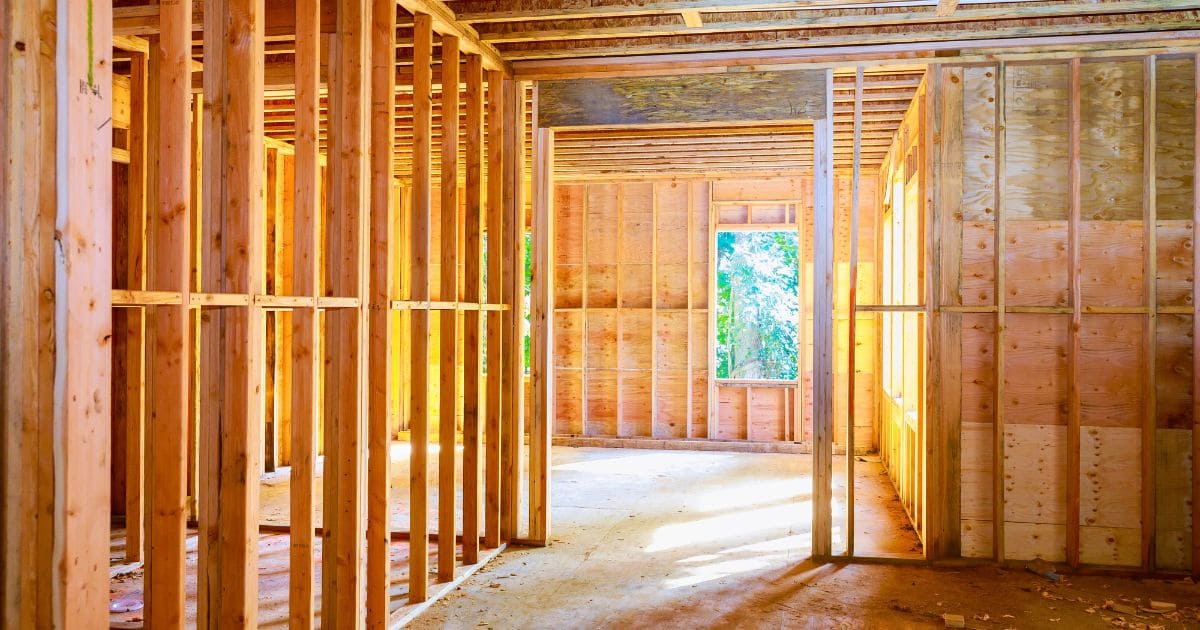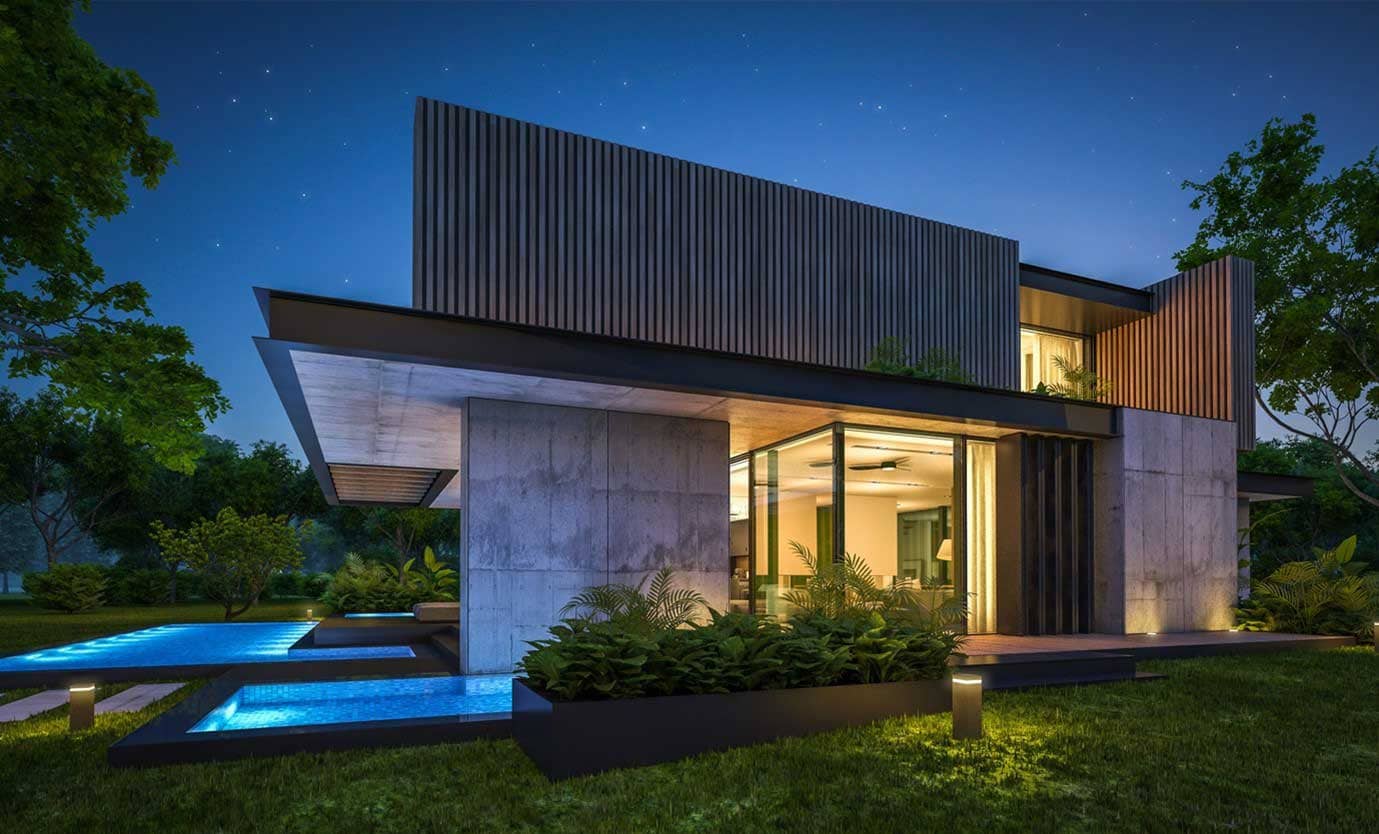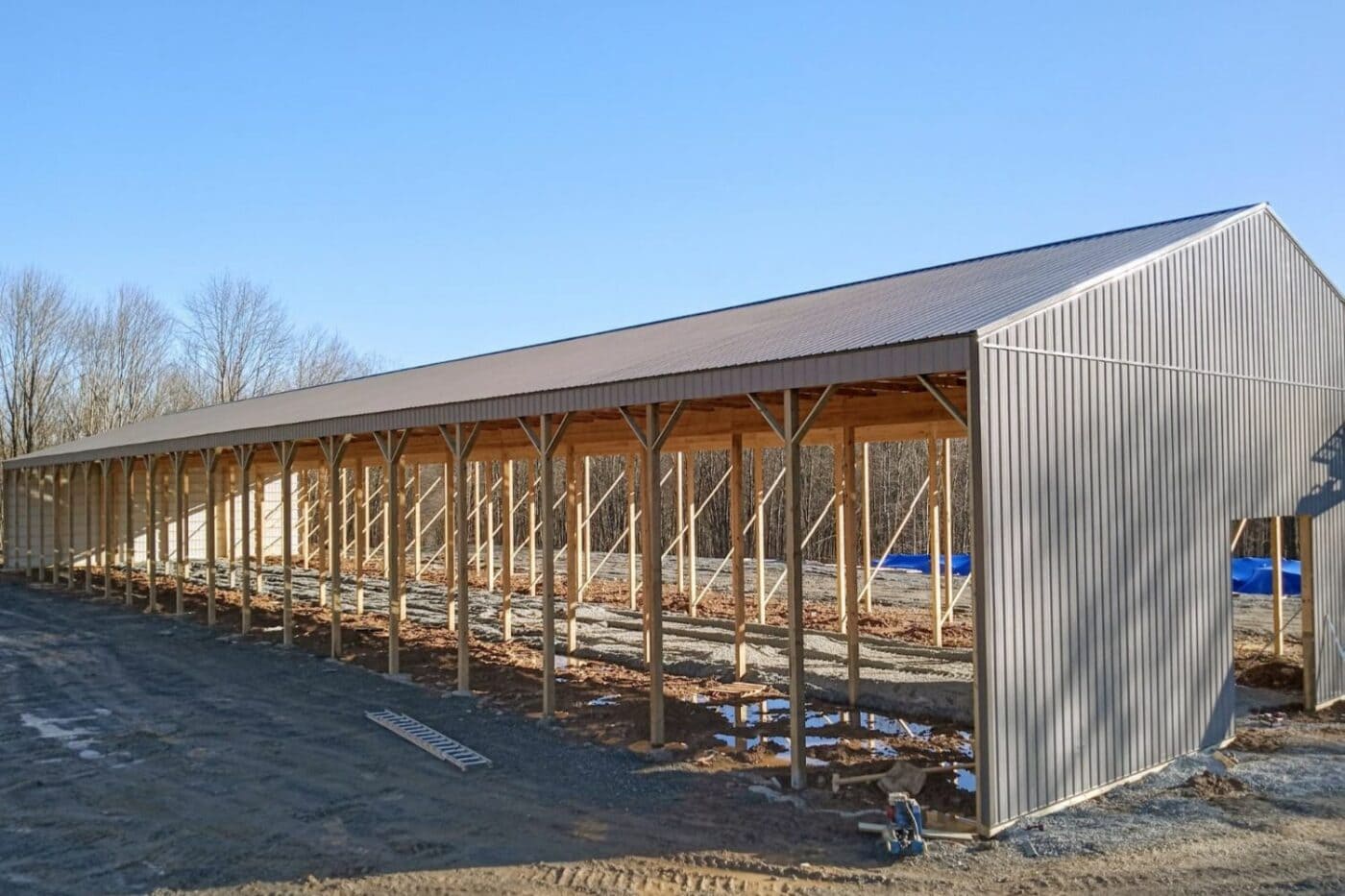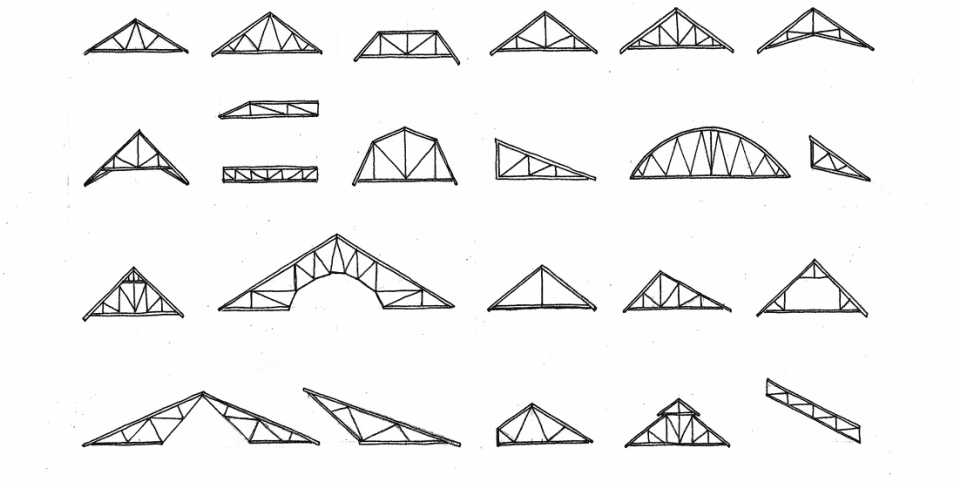Introduction
In the realm of construction, the utilization of light wood framing has emerged as a revolutionary approach, blending efficiency with structural integrity. In this guide, we delve into the intricacies of light wood framing construction, exploring its benefits, key components, and the nuanced techniques that set it apart in the industry.
Understanding Light Wood Framing
What Sets Light Wood Framing Apart?
Light wood framing, characterized by its use of dimensional lumber, stands out as a versatile and cost-effective construction method. Unlike traditional heavy framing, light wood framing employs smaller, uniformly spaced members that contribute to its distinct advantages.
Key Components of Light Wood Framing
1. Studs
Studs form the backbone of light wood framing, providing vertical support to the structure. Typically made of 2×4 or 2×6 lumber, these studs are spaced at regular intervals to create a robust framework.
2. Headers and Sills
Headers and sills play a crucial role in distributing the load across openings such as doors and windows. Engineered for strength, these components ensure structural stability without compromising on design.
3. Sheathing Materials
The choice of sheathing materials significantly impacts the overall performance of light wood framing. Oriented Strand Board (OSB) and plywood are popular choices, offering a balance between strength and flexibility.
Advantages of Light Wood Framing Construction
1. Cost Efficiency
Light wood framing proves to be economically advantageous, with the affordability of dimensional lumber contributing to overall project cost reduction.
2. Quick Construction Timeline
The simplicity and ease of working with light wood framing expedite construction timelines, making it an ideal choice for projects with tight deadlines.
3. Sustainability
Embracing light wood framing aligns with sustainable construction practices. Timber, a renewable resource, reduces the environmental impact associated with building materials.
Techniques for Optimal Light Wood Framing Results
1. Precise Measurement and Cutting
Accurate measurements and precision in cutting are paramount in light wood framing. This ensures a seamless fit, minimizing gaps and maximizing structural integrity.
2. Proper Fastening Methods
Choosing the right fastening methods, including nails and screws, is crucial. It enhances the connection between framing members, fortifying the overall structure.
3. Moisture Management
Given that wood is susceptible to moisture-related issues, implementing effective moisture management strategies, such as proper ventilation and sealing, safeguards against potential damage.
Challenges and Solutions in Light Wood Framing Construction
Addressing Common Challenges
1. Structural Stability Concerns
While light wood framing is known for its efficiency, addressing concerns related to structural stability requires meticulous planning and engineering expertise.
2. Fire Resistance
Mitigating fire risks involves incorporating fire-resistant sheathing materials and coatings to enhance the overall safety of light wood-framed structures.
Innovative Solutions
To overcome these challenges, industry experts are continually developing innovative solutions, including advanced fire-resistant coatings and enhanced engineering techniques.
Conclusion
In conclusion, light wood framing construction represents a dynamic and efficient approach to building structures. From its fundamental components to the advantages and challenges, this guide provides a comprehensive overview of the key aspects associated with light wood framing.





